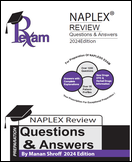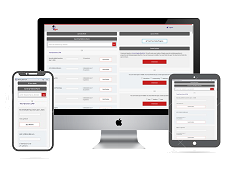
Naplex Sample Question on Invokana Mechanism of Action
Which of the following statements correctly describes the mechanism of action of Invokana (Canagliflozin)?
a. Increase insulin sensitivity towards blood glucose.
b. Stimulates insulin release from functioning beta cells of pancreas.
c. Delayed the absorption of glucose from gut to blood.
d. Increase gluconeogenesis in the liver.
e. Increase excretion of glucose through kidney.
Which of the following statements correctly describes the mechanism of action of Invokana (Canagliflozin)?
a. Increase insulin sensitivity towards blood glucose.
b. Stimulates insulin release from functioning beta cells of pancreas.
c. Delayed the absorption of glucose from gut to blood.
d. Increase gluconeogenesis in the liver.
e. Increase excretion of glucose through kidney.
Answer: (e). Sodium-glucose co-transporter 2 (SGLT2), expressed in the proximal renal tubules, is responsible for the majority of the reabsorption of filtered glucose from the tubular lumen. Canagliflozin is an inhibitor of SGLT2. By inhibiting SGLT2, Canagliflozin reduces reabsorption of filtered glucose and lowers the renal threshold for glucose (RTG), and thereby increases urinary glucose excretion (UGE).
Try our Naplex QBank. www.pharmacyexam.com **Please note: This type of question will not show up in an MPJE. We are just posting to MPJE group for knowledge.



